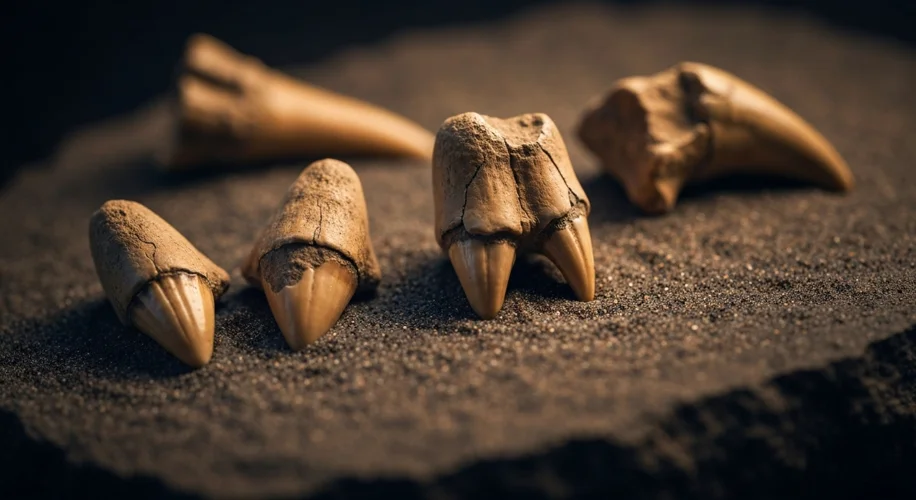Imagine digging in the dirt and finding something that could completely change our understanding of where we came from. That’s exactly what scientists have done in Ledi-Geraru, Ethiopia!
They recently unearthed 13 ancient teeth. These aren’t just any old teeth; they belonged to our early human ancestors, and they’re causing quite a stir in the scientific community.
Two Ancestors, One Home
What’s really fascinating is that these fossils suggest two different types of ancient human ancestors lived in the same place at the same time. Think of it like finding evidence of lions and tigers sharing the same savanna millions of years ago – surprising, right?
One of these groups is identified as Australopithecus, a genus we’re familiar with. But the other group? Well, that’s where things get really interesting.
A Possible New Cousin?
Some of the teeth are believed to belong to Homo, the genus that includes us, Homo sapiens. However, another set of teeth might actually belong to a species we haven’t discovered yet. This means we could be looking at evidence of an entirely new, unknown human ancestor.
It’s incredible to think that our family tree might have had more branches than we ever imagined. This discovery, based solely on fossilized teeth, highlights how much we still have to learn about our own origins.
Rewriting the Story
For years, scientists have been piecing together the puzzle of human evolution. Each new fossil find adds a crucial piece, and sometimes, it forces us to re-examine the whole picture. These 13 teeth are doing just that. They challenge our current timelines and raise new questions about how different early human species interacted and evolved alongside each other.
It’s a humbling reminder that even with all our technology and knowledge, the story of human evolution is still being written, one fossil at a time. What other secrets are hidden beneath the earth, waiting to be discovered?

